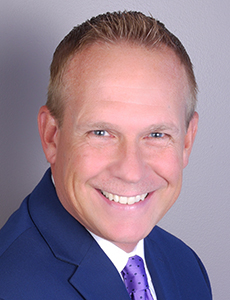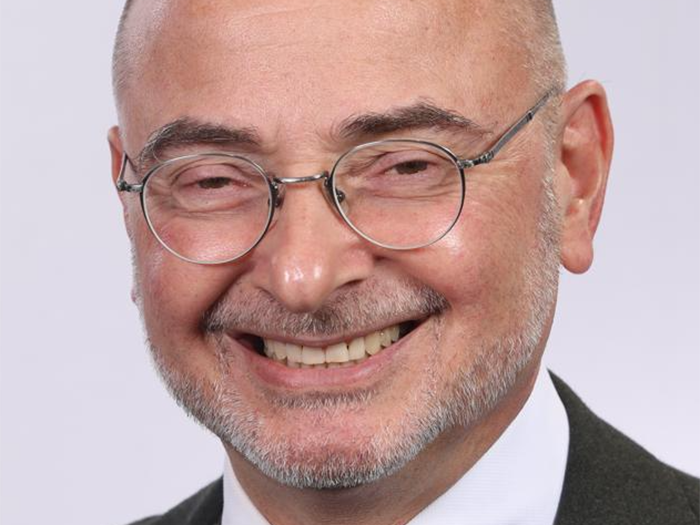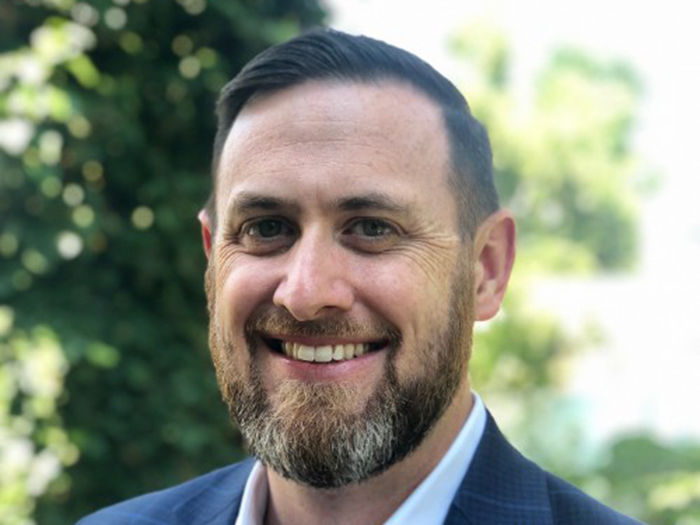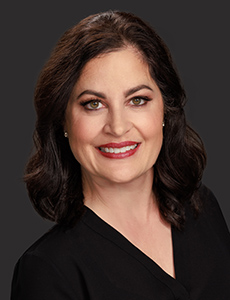Sponsored Content by Broadspire
Strengthening the Insurance Talent Pipeline: How Broadspire’s Early Career Training Program Is Taking Dead Aim at Industry Talent Shortfalls

Talk to anyone who’s been in insurance for more than 20 years about their career origins. You’ll probably hear about well-funded training programs at carriers and TPAs in the 1990’s and even further back — programs that graduated thousands of skilled professionals, many of whom are still in insurance careers today.
For reasons that remain clouded in the passage of time, a lot of those training programs withered, to the point that they became no more than anecdotal references, tinged by nostalgia and a regret for what we had but lost.
For executives at Broadspire, that traditional insurance training program, with all of the investment it needs to be successful, is back in full swing. The company is investing millions in a system-wide program that has placed more than 100 early career professionals in training to become adjusters or other key players in the claims management profession.
“We’ve really opened up the talent pool to prioritize finding the right individual,” said Jeff Sickles, the chief claims officer for Broadspire.
“We want them to be an advocate for the injured worker and provide exceptional customer service when managing auto or general liability claims. We can train them on everything that they need to learn to manage claims, but we want to make sure we hire candidates that can think on their feet, have empathy, and want to work with technology.”
“You can find people that want to get into the insurance industry, but how are you going to train them? How are you going to get them ready for the future?” said Sickles.
“Those two things combined is our focus, finding the talent and then really putting them in a very structured training program,” Sickles added.
The talent shortage that is pressing upon not only claims management companies and insurance companies, but multiple sectors throughout the economy, has been well-documented, but it bears repeating in this context.
From Sickles’ perspective, there was talk of a silver tsunami, a wave of retiring Baby Boomers, even before COVID struck. Then COVID hit and claims volumes plummeted.
Many claims professionals decided to move their retirement dates up during the pandemic, either to seek out new careers or exit the profession for good.
“Then you fast-forward to 2021 and you get an influx of COVID losses, and claims frequencies went back up to pre-pandemic levels,” Sickles said.
“Now there’s a shortage of adjusters in the industry,” he said.
Taking Aim at the Shortage

Jeff Sickles, Chief Claims Officer, Broadspire
Broadspire has 30 offices nationwide. According to Sickles, there are now three to four early career professionals going through training at each of its service centers at any given time.
“After completing training and working with a mentor, we find the right fit for them to move into a claims desk. Once they are promoted to an adjuster role out of the training program, that opening is then backfilled with another early career candidate. The pipeline is always being refreshed.”
Broadspire’s parent company Crawford & Company has 10,000 employees and operates in 70 different countries, so the opportunities for younger workers to build a career in multiple areas with Broadspire are numerous.
“We will train you and provide a great place to work. And being in 70 different countries … who knows where your career may take you? It’s a great place to come and have a career for the next 30 years,” Sickles said.
One area where young employees may find connection with the industry is their desire for mission-driven employment. Younger generations are searching for jobs with purpose. Industries like workers’ compensation can emphasize the good adjusters do for injured workers and their families as one strategy for attracting and retaining new talent.
“They want to make an impact,” Sickles said. You really are impacting somebody’s life.”
The Role Technology Plays in the Broadspire Playbook
Due to the adjuster shortage, claims managers in all sorts of organizations are seeing their caseloads grow. If that load gets too heavy, the adjuster can’t keep up with the crucial task of helping injured workers. And just as importantly, they will face burnout if they can’t get the assistance they need in the claims management process.
Broadspire employs more than 160 people in an information technology capacity, working to build as many processes and procedures in-house as possible, including the company’s own adjuster portal.
“It’s single sign-on and it has really everything that an adjuster needs to manage their day,” Sickles said.
“They see their claims diary, new mail, case load information, and other claim mitigation opportunities within the portal,” Sickles said.
“It also houses a predictive model, which uses artificial intelligence that is constantly looking at all of our claims,” Sickles said.
The portal and its predictive function help adjusters determine which aspects of a case they need to concentrate on to avoid lost time and unnecessary injury management expense. It also helps adjusters by alerting them to opportunities to close files, pursue subrogation or refer to SIU.
But its advanced capabilities also communicate to supervisors with access to a command center if a task hasn’t been completed. If the supervisor doesn’t act on the incomplete task, the system reports all the way up to Sickles, in his role as chief claims officer.
This capability makes the entire claims management process more efficient and productive.
“In the past you had to rely on looking at each claim to get a sense of how the file was being managed. Now you can use the Command Center technology to review the files that have opportunities,” Sickles said.
The structure of Broadspire’s system also allows for co-workers to manage a file, in the event that an adjuster needs to take a vacation or some other break from work.
After all, it’s not enough for a claims organization to recruit and train good talent. It also needs to provide it with the tools that each colleague needs to do their job without being beaten down or burned out with an overwhelming caseload.
“That’s why caseloads are so important. We’ve built this command center to do a lot of different things. It does track all of the notifications that we think are important to mitigating the cost of the claim file,” Sickles said.
The system also tracks caseloads by determining how many files on the adjuster’s desk are being opened and closed each month.
This close monitoring of an adjusters’ caseload is essential to helping prevent claims adjuster burnout. It also helps Broadspire maintain better lines of communication with its customers, who of course, want to be notified of their claims’ status with transparency and clarity.
“The biggest challenges in the industry, I would say — and we hear it from clients — are issues with blocking and tackling; doing the investigations, returning phone calls, returning e-mails, etc., and how all of that connects to heavy caseloads and empty desks,” Sickles said.
Sickles is currently in the process of working with a carrier client on advancing the Broadspire adjuster portal so that it better aligns with their specific coverage and claims processes and procedures.
“We’ve got the tools. We’ve got the background. Now it’s just a matter of collaborating with customers that want to try different approaches,” Sickles said.
For more information, please visit https://www.choosebroadspire.com/.
This article was produced by the R&I Brand Studio, a unit of the advertising department of Risk & Insurance, in collaboration with Broadspire, A Crawford Company. The editorial staff of Risk & Insurance had no role in its preparation.










